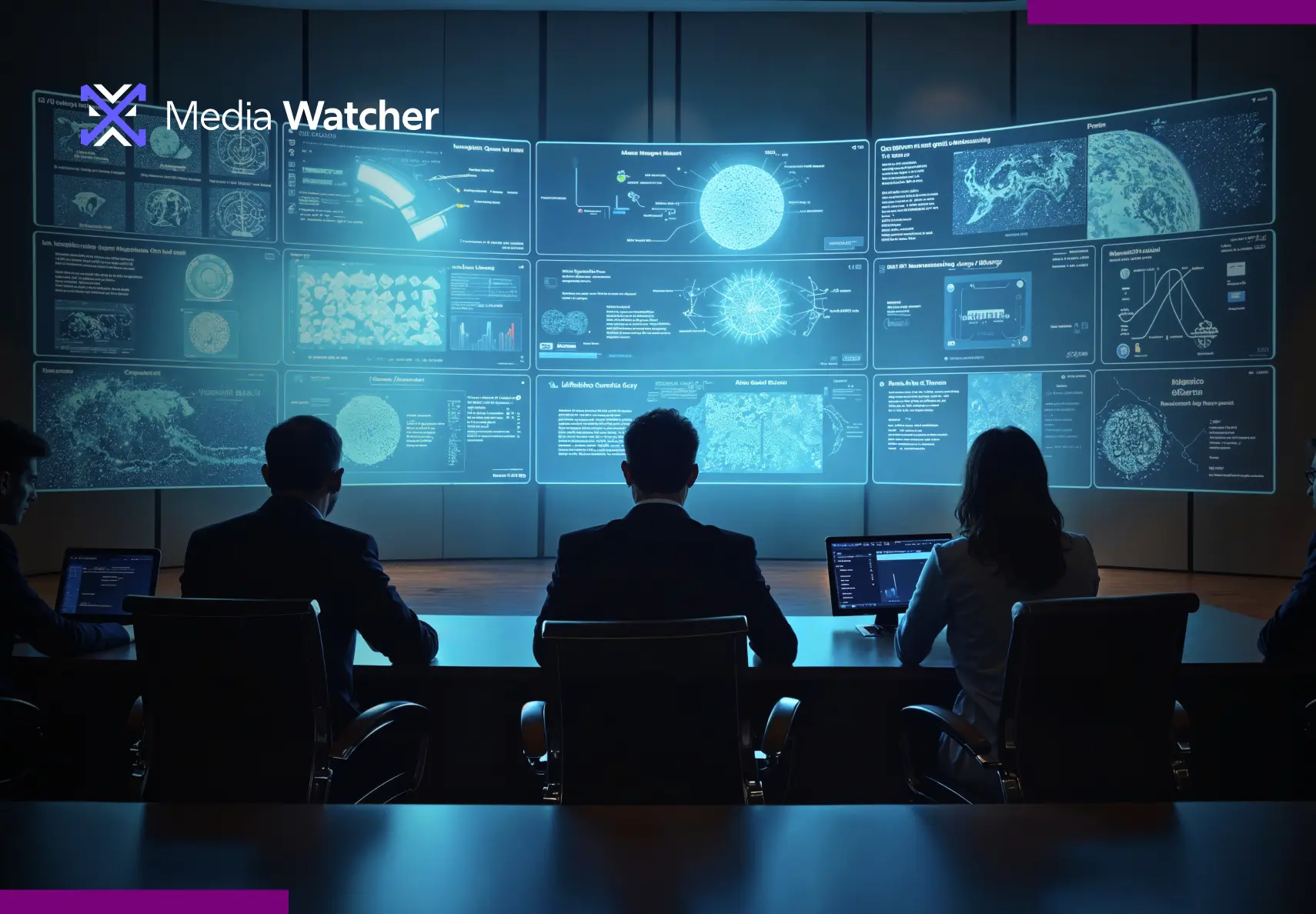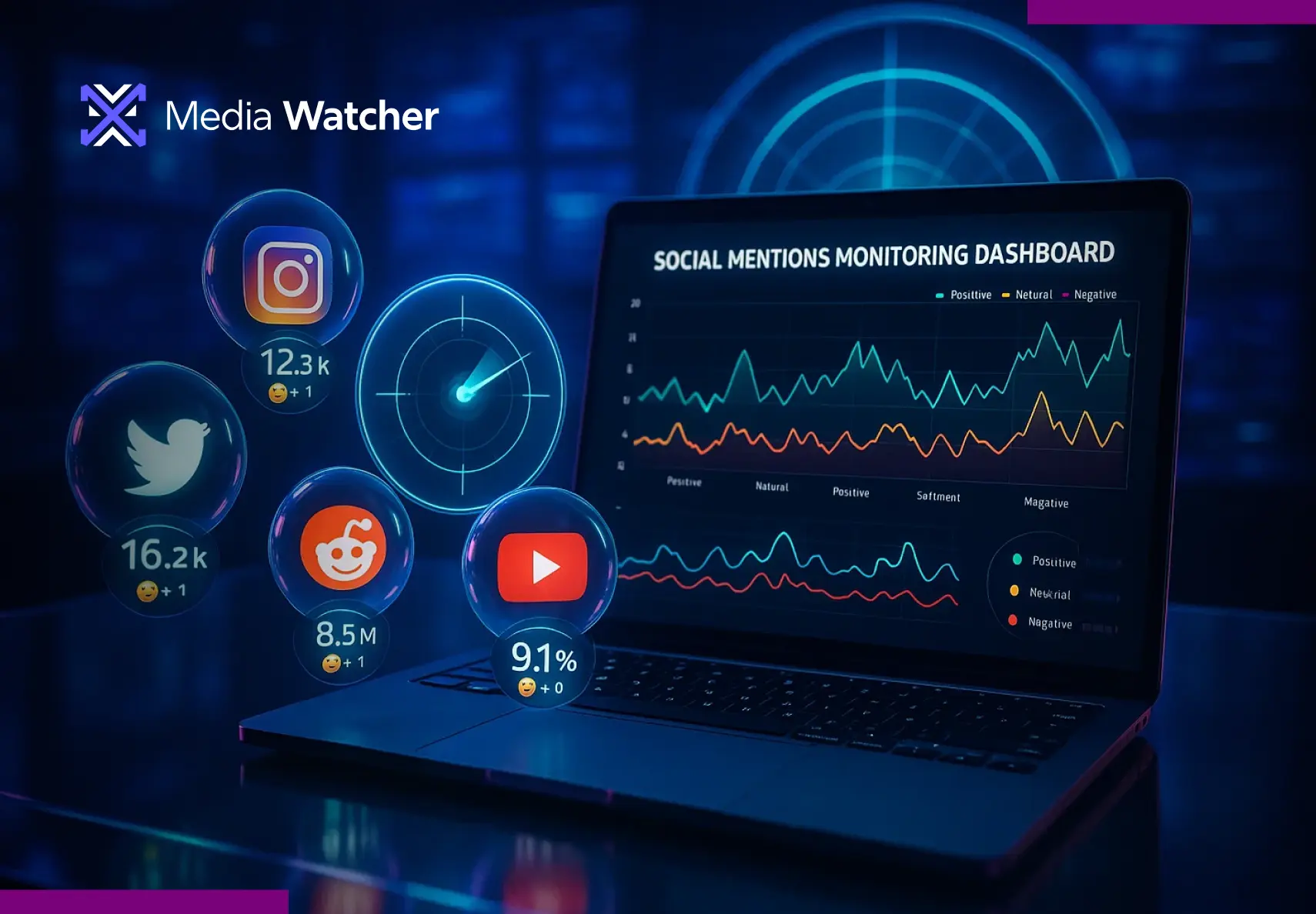According to the PwC Global Crisis & Resilience Survey, 2023, 91% of organizations report they experienced at least one significant disruption (excluding COVID-19) in the past two years. Only 33% of organizations have formal plans and programs to manage serious disruptive events.
Another 2023 PwC report states that 76% of businesses say their most serious disruption had a medium-to-high impact on operations.
According to the Global Crisis Survey, 2019, 69% of business leaders admit their organization faced a corporate crisis in the last five years (2014- 2019), and that’s before COVID-19.
These statistics are not only numbers; they show that Crises are no longer rare flukes, they are an operational reality. Organizations that assume “it won’t happen to us” are the ones that are courting disaster.
Many crises, whether related to reputation or public relations, often emerge and spread through media channels. It is important to quickly identify and manage these situations using real time media monitoring and sentiment analysis. This helps protect the reputation of an organization and ensures its strength in the face of challenges.
To prevent any mishaps, let’s begin by understanding what crisis management truly is and how it protects the overall wellness of the organization.
What Is Crisis Management?
Crisis management refers to the planning, reaction, and response to unforeseen situations that may damage the stability and image of any organization.
In business, it guarantees continuity and stakeholder trust in the face of shocks such as supply chain issues or economic downturns. However, Crisis management in the field of Public relations deals with controlling and regulating narratives and also preserving brand image to protect it in any case of negative publicity.
Crisis management for the government includes scenarios such as national emergencies and threats to public safety. It also operates in the context of policy failure, where prompt coordination and communication are crucial.
Organizations typically adopt one of two mindsets: a reactive approach, in which they respond only after damage occurs, or a proactive approach, in which risks are anticipated and response systems are already in place.
Common crises businesses may face can erode customer confidence and negatively impact revenue. However, the adoption of media intelligence solutions depends entirely on the type of crisis and its intensity; thus, knowing them is essential.
What are The Major Types of Business Crises, and How to Manage Them?
There are certain types of crises that are often faced by businesses, and most of them can be managed efficiently if caught earlier. Here are a few listed:
Reputational Crisis:
Reputational crises result from scandals or social backlash; they ruin the reputations of individuals and affect the value of the organization in the market. These require genuine communication and effective PR crisis management. Here is an example of the scenario: a Pepsi campaign with Kendall Jenner in 2017 was supposed to cash in on the United States’ rallying against racism, causing colossal backlash because of its insensitivity to a serious problem. The brand quickly withdrew the advertisement and gave a heartfelt apology through open communication to restore consumer trust and credibility.
PR or Communication Crisis:
Brands face challenges when misinformation spreads or when their messaging is misunderstood by the public. Thus, monitoring tools enable real-time tracking of mentions and tone, which ensures the right message reaches the right audience.
Social Media Crisis:
Customer complaints, viral posts, or influencer backlash can blow up in hours. Sentiment analysis and keyword tracking enable companies to respond in a transparent and mitigative manner. For instance, when KFC UK’s witty “FCK” campaign turned a social media disaster into a brand win.
To manage each crisis effectively, businesses need a crisis management plan that prepares them for any calamity. In many past cases, brands have used such tools to assess public response to campaigns, track sentiment shifts, and refine their strategies before a situation escalated.
What is the Crisis Management Plan, and What are The Core Elements?
Crisis Management Plan, or CMP, refers to a systematic model that helps organizations to recognize, respond to, and recover from unforeseen disturbances. It ensures that all the steps taken in times of crisis are strategic, coordinated, and timely, which reduces the harm to reputation, finances, and operations.
Therefore, having a formal CMP is non-negotiable, as businesses without one often face confusion, delayed responses, and long-term reputational harm.
Modern technology, such as crisis management software and continuous training programs, empowers teams to execute each stage efficiently and confidently.
The Importance of Professional Crisis Management Expertise
Dealing with a crisis in high-stakes situations is a matter of life or death. Crisis management agencies and special services present the organized skill, advanced equipment, and experience. These professionals are often contracted out to agencies that might not have the time, impartiality, or technical capability to address certain problems brought forth by internal teams.
The certified experts, often accredited by ISO 22361 or PRSA standards, use a set of tested frameworks to evaluate the risks, control communication, and implement recovery measures. They can be objective and initiate action during a crisis since the external perspective enables them to do so. Using technology, simulations, and inter-industry experience, such professionals achieve faster containment, minimal reputational loss, and help steer organizations towards long-term stability.
What Are the Crisis Management Strategies That Keep Organizations Prepared
When organizations face a crisis, they need a clear strategy, not just quick fixes. A solid strategy helps them handle uncertainty and rebuild trust. It should cover everything from prevention to recovery, and use data and quick decisions at every step.
Media monitoring is crucial for this strategy as it helps organizations spot early warning signs. It also understands public sentiments and adjusts its responses as needed.
These core crisis management solutions outline how businesses can prevent and recover from unexpected disruptions.
How Digital Transformation Is Redefining Crisis Management
Technology has revolutionized how organizations respond to crises. Digital transformation has turned crisis management from a manual and reactive process into a data-driven and proactive discipline. Modern digital tools are crucial for managing complex modern threats such as cyberattacks and misinformation. Thus, a Crisis Management Software helps avert the following ways:
- Improves communication: Serves as a central place to share real-time updates and coordinate responses both inside and outside the organization.
- Detects and monitors threats: Uses alerts driven by AI, visual data, and social listening to spot risks before they become major issues.
- Enhances collaboration: Unites departments on one platform to help make quicker decisions and respond to crises as a team.
For example, AI systems can spot early signs of a potential PR crisis or keep stakeholders updated during emergencies using crisis management tools. This improves how quickly and accurately we respond and helps us stay resilient overall.
The Power of PR and Social Media in Crisis Management
In contemporary space, public perception can determine whether a crisis ends in recovery or reputational collapse. The other thing is how an organization will communicate in turmoil, which ultimately determines trust and credibility and subsequently long-term brand value.
Thus, PR Crisis Management is concerned with the management of the storyline by means of media relations, press releases, and strategic messages that calm the stakeholders and preserve trust. However, Social Media Crisis Management is a process of responding rapidly to viral outbursts and managing misinformation. It also deals with customer complaints to ensure that problems do not get out of hand.
Transparency, empathy, and consistency are the most appropriate PR and social media crisis management best practices. In addition, it involves providing timely updates, addressing real-world developments, and personalizing responses to stakeholder inquiries.
The most effective strategy is to remain proactive by identifying and analyzing the root causes of a crisis before it escalates. In this digitally concentrated world, where audiences freely share their opinions across platforms, manual monitoring is no longer sufficient. This is why integrating media monitoring into your crisis management strategy is crucial, it provides timely insights and enables informed responses when they matter most.
Partners With Media Watcher – The Right Crisis Management Solutions
Scalability, rapid response, seamless integration, sophisticated analytics, and flexible customization should be among the priorities of organizations when evaluating crisis management services.
Media Watcher stands out as the optimal solution that combines real-time data intelligence with AI-powered sentiment analysis to detect potential crises even before they escalate.
In contrast to the conventional tools, Media Watcher provides consolidated monitoring, cross-channel insights, and real-time alerts, allowing businesses to make decisions with confidence and accuracy.
Its long-term value is in prevention, not reaction, in comparison to in-house or outsourced solutions. Media Watcher empowers companies to remain strong, save their reputation, and make decisions wisely when seconds matter.
Strengthen your crisis response with Media Watcher’s real-time insights. Book a Free Demo today!



